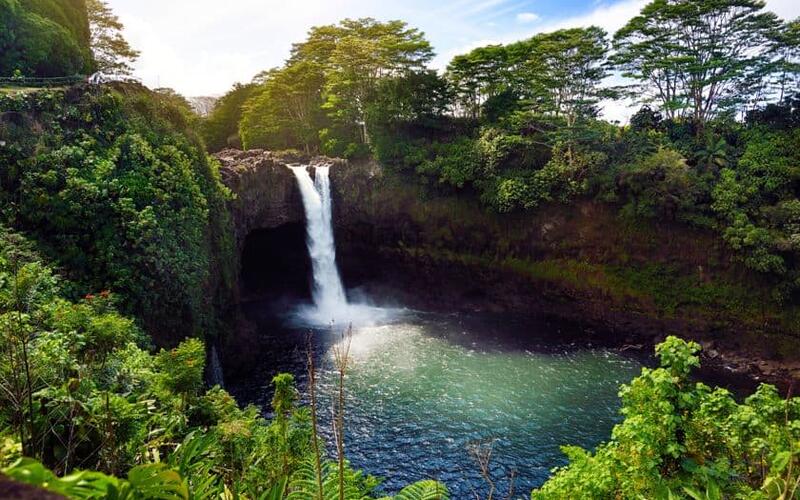Integrating ecological and economic valuations for the conservation of ecosystems

Integrating ecological and economic valuations for the conservation of ecosystems
Often economic valuations and ecological models operate in silos when it comes tomanagement of ecosystem services. A study in Hawaii uses Systems Thinking to create a model combining the two, thereby creating a dynamic pricing mechanism for the conservation of a watershed.
Wada, C. A., Pongkijvorasin, S., & Burnett, K. M. (2020). Mountain-to-sea ecological-resource management: Forested watersheds, coastal aquifers, and groundwater dependent ecosystems. Resource and Energy Economics, 59, 101146.
Ecosystem services provide both ecological and economic value to humans from the natural environment. An example of an ecosystem service would be a watershed, a land area that channels rainfall and snowmelt to different water bodies.
Management of watershed services tends to account for either the ecological functions or the economic value they add to specific communities. Employing a systems perspective can integrate the economic, ecologic, and hydrologic factors to conserve watersheds.
Dr. Christopher Wada, from the University of Hawaii, and his colleagues developed an optimization model to bridge the gap between ecological and economic evaluations of ecosystem services in the Kiholo aquifer region on the Kona coast of Hawaii. The model is based on watershed management in a mountain-coast-ocean system to conserve upstream resources for the benefit of downstream resources. In the study, the cost required to recharge the groundwater was determined by observing levels of groundwater extracted, groundwater discharge to the ocean, and the area of upstream watershed that has to be conserved. The protected area at the top of the watershed contributes to the level of groundwater recharge in the downstream. The groundwater discharged, alters ocean salinity, which in turn affects the health of the downstream marine ecosystem. The health of the marine ecosystem is tracked with an indicator algae species.
In upstream Kiholo aquifer, non-native feral animals trample over groundcover, negatively impacting runoff and infiltration rates. Fencing of the upstream watershed is used to prevent trampling, thus increasing the recharge upstream. The optimal fence size increases if other limiting factors on algal growth increase. As many of the high-elevation forests are already protected in Hawaii, the area available to be fenced is smaller. The study develops an equation to determine the price for downstream groundwater use and the cost to fence the upper watershed. The optimized price depends on the algae growth, fencing area and cost, and optimal ground water use. The study found that investment in fencing for watershed protection could be financed through water user payments.
The general expectation was that fencing larger areas would result in better upstream recharge. It was also expected that imposing higher prices for groundwater extraction on downstream users would result in increased groundwater stock and consequently increased discharge to the nearshore ecosystem. The model did determine that when fence costs are lower, more acreage can be fenced in, leading to increased groundwater recharge. However, instead of groundwater extraction prices increasing, this resulted in a lower price of groundwater for users.
Data from the water-limited Kiholo aquifer region illustrates how joint management strategies can be implemented and be made cost-effective by aligning physical and behavioural parameters. Water resource managers are usually only provided with results from biophysical models alone and are asked to solve complex issues. This study proves that a Systems Thinking approach to ecosystem service management helps both users and managers. The mountain-to-sea methodology is transferable to areas where coordinating the stewardship of multiple resources will be required.
